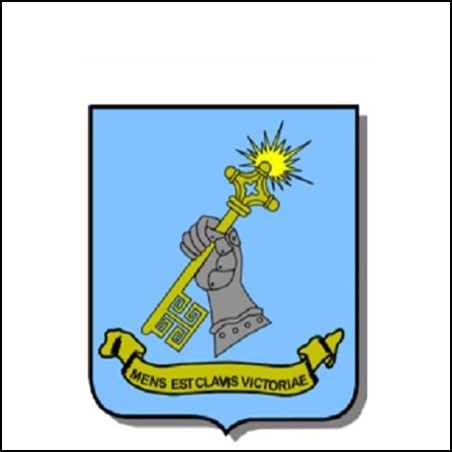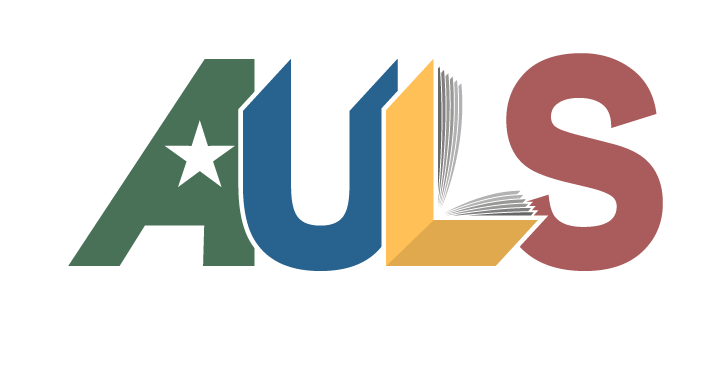
e-Document
|
Visualization: teaching the art.
Copies
0 Total copies, 0 Copies are in,
0 Copies are out.
Title
Visualization: teaching the art.
Call No
CDMC School of Advanced Military Studies Monograph
Digital Link
Authors
Subjects
Officer education United States Army Decision making Operational art Battle command Battlefield visualization Military doctrine Officer training Models Cognition Military art Operational environment Army War College Command and General Staff Officers Course (CGSOC) Military commanders Future threats
Language
English
Published
Fort Leavenworth, KS : US Army Command and General Staff College,, 2001-04-23.
Target Audience
Unknown or not specified
MLA
APA
Chicago
0
/
0








